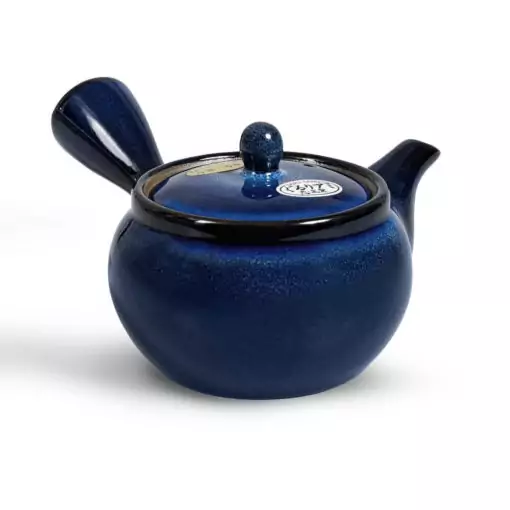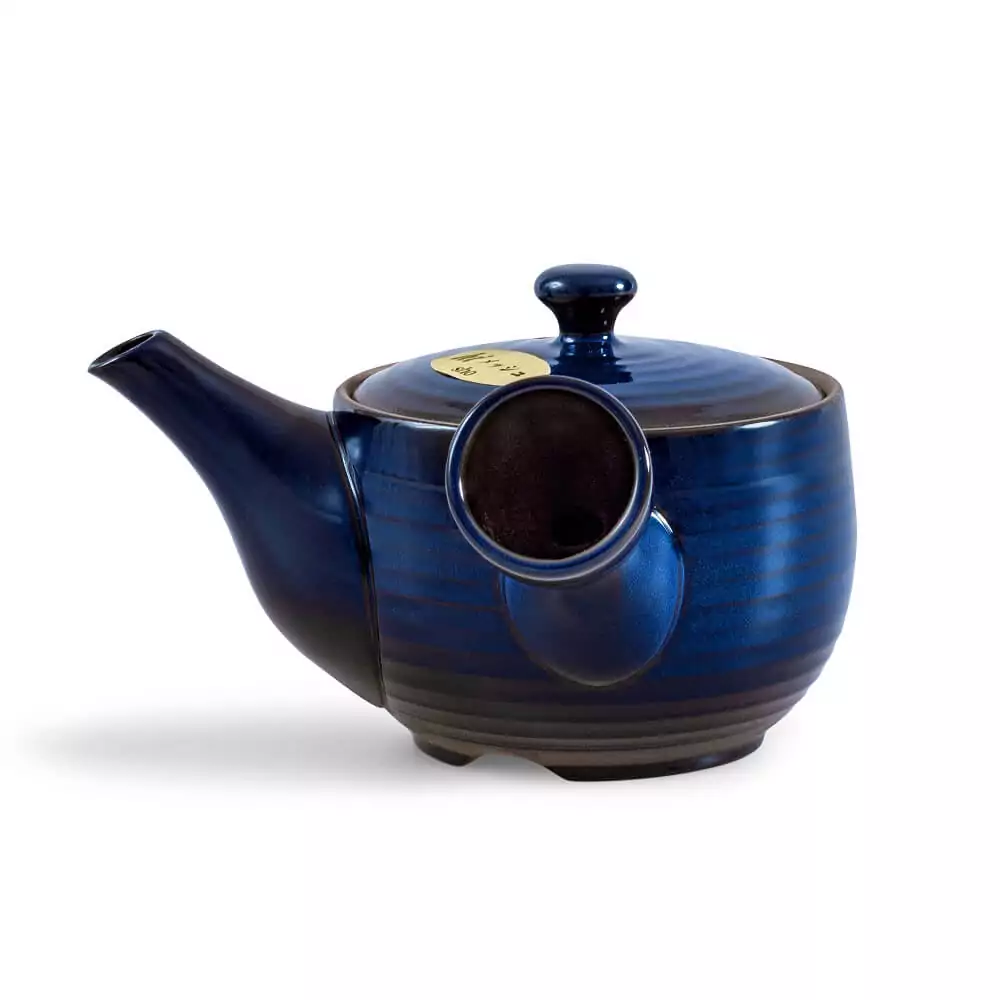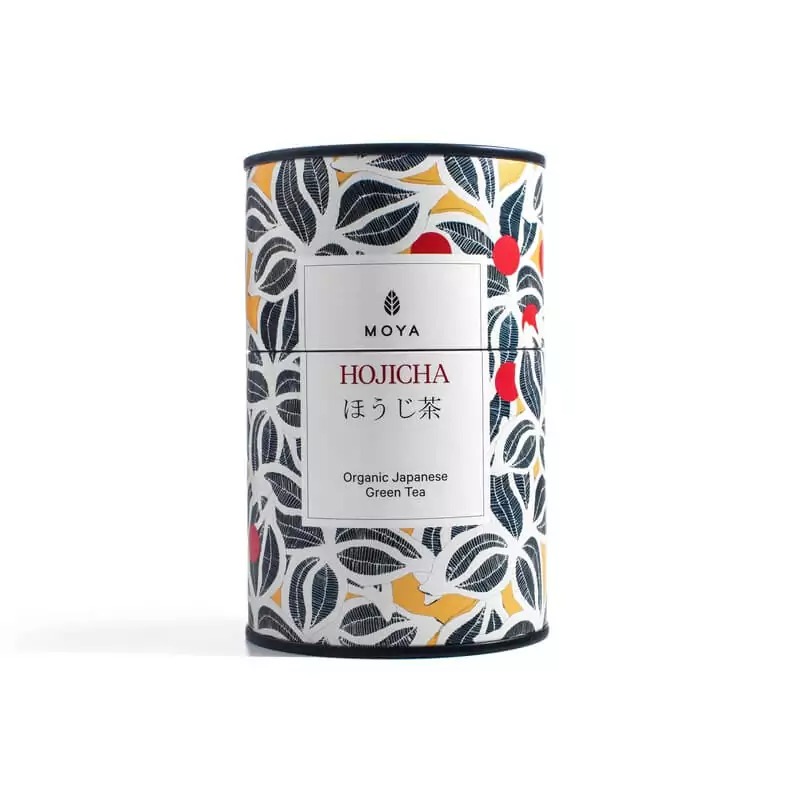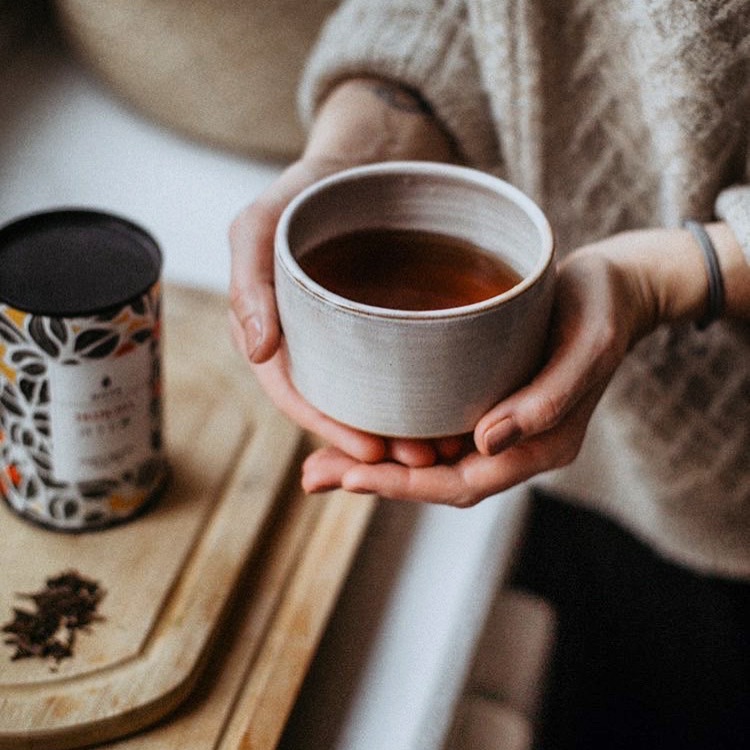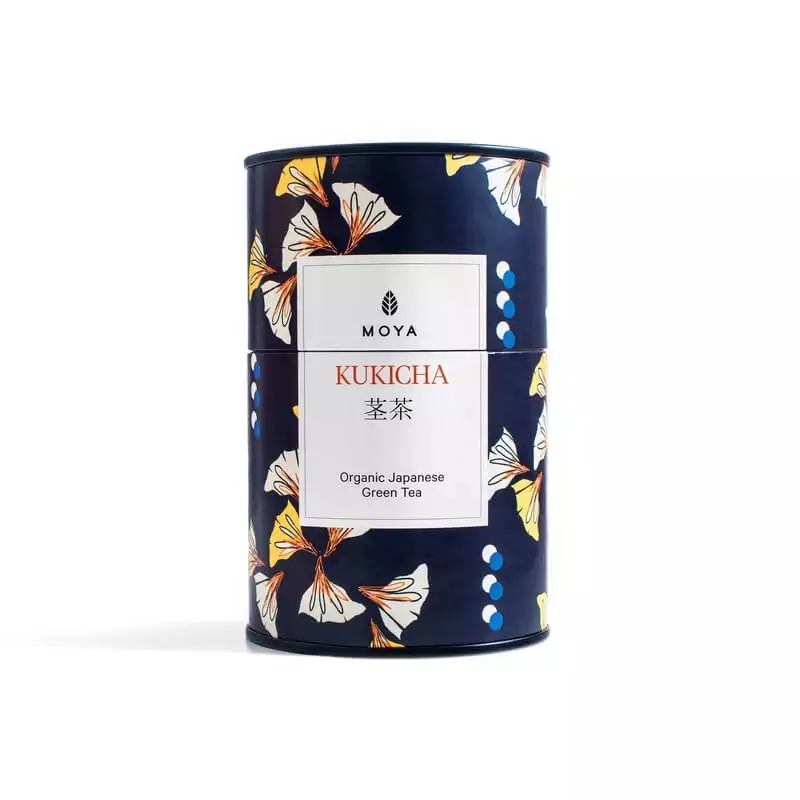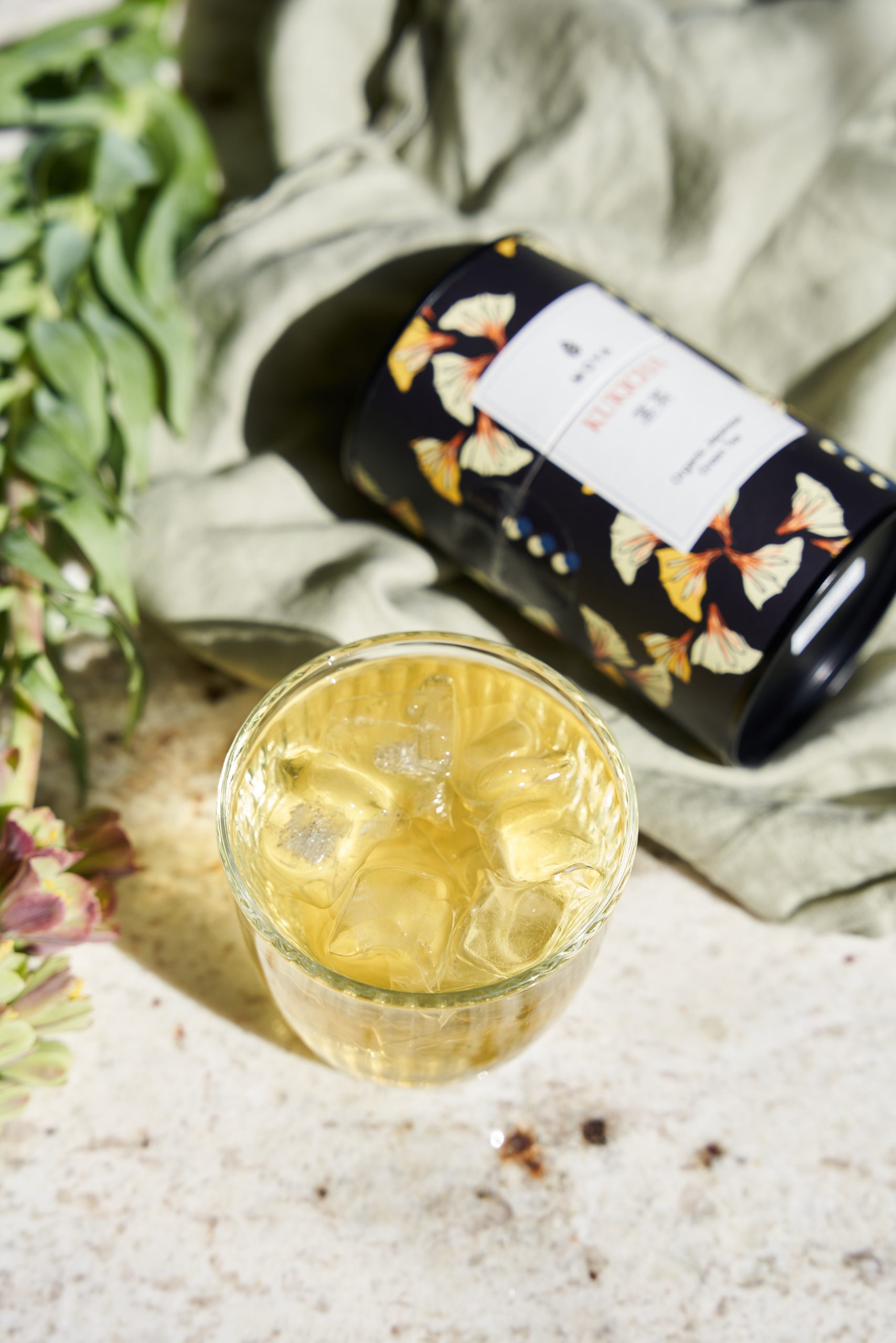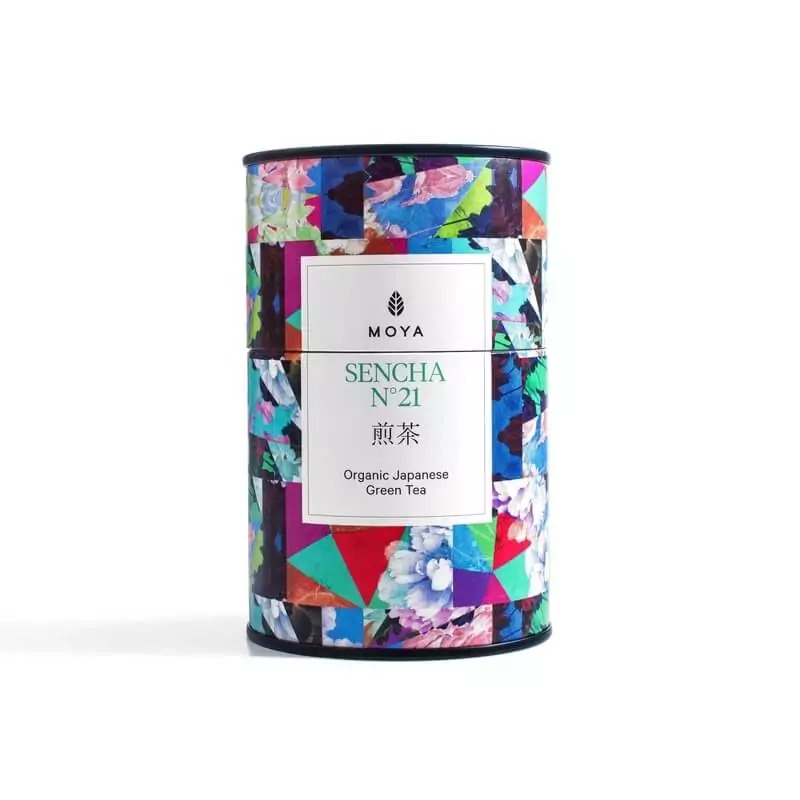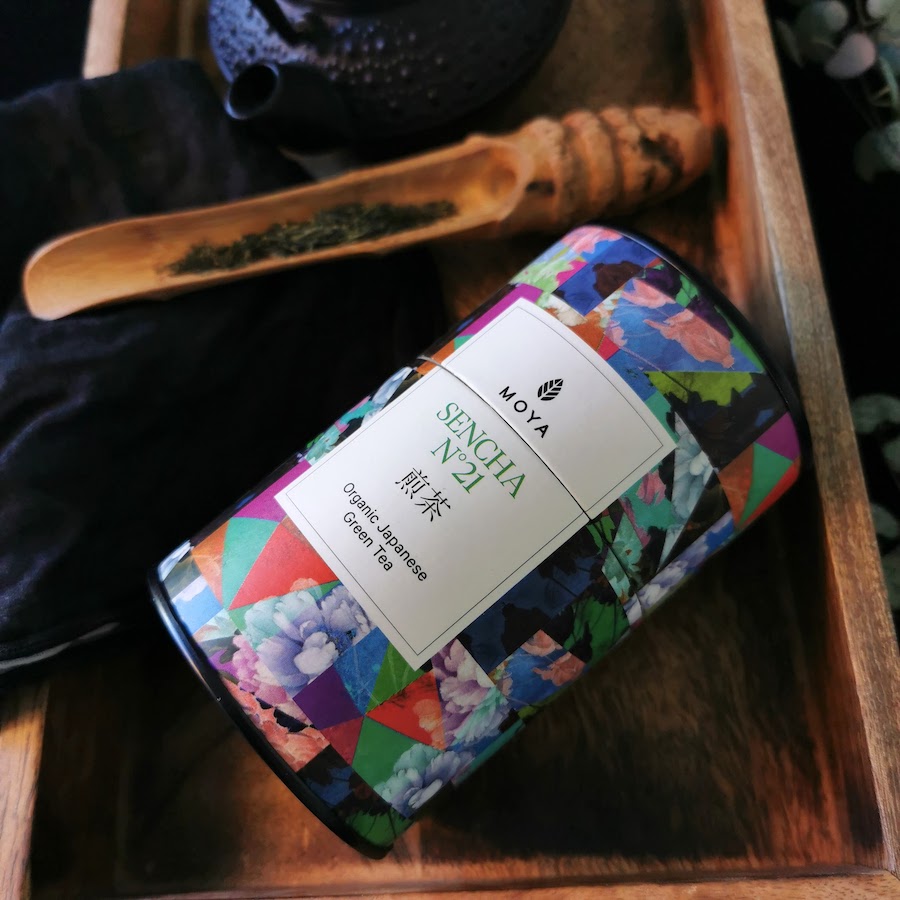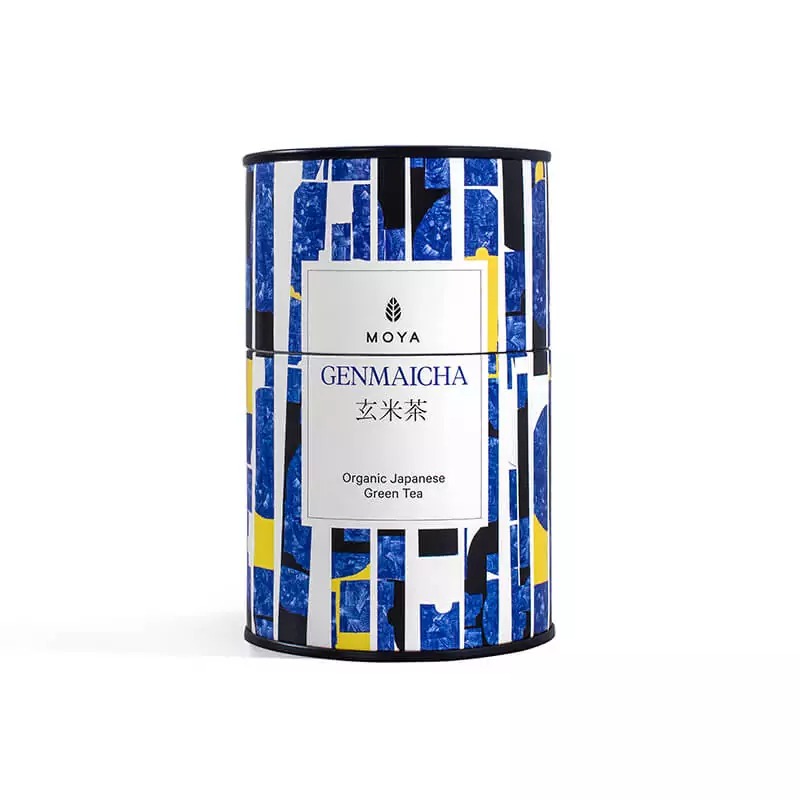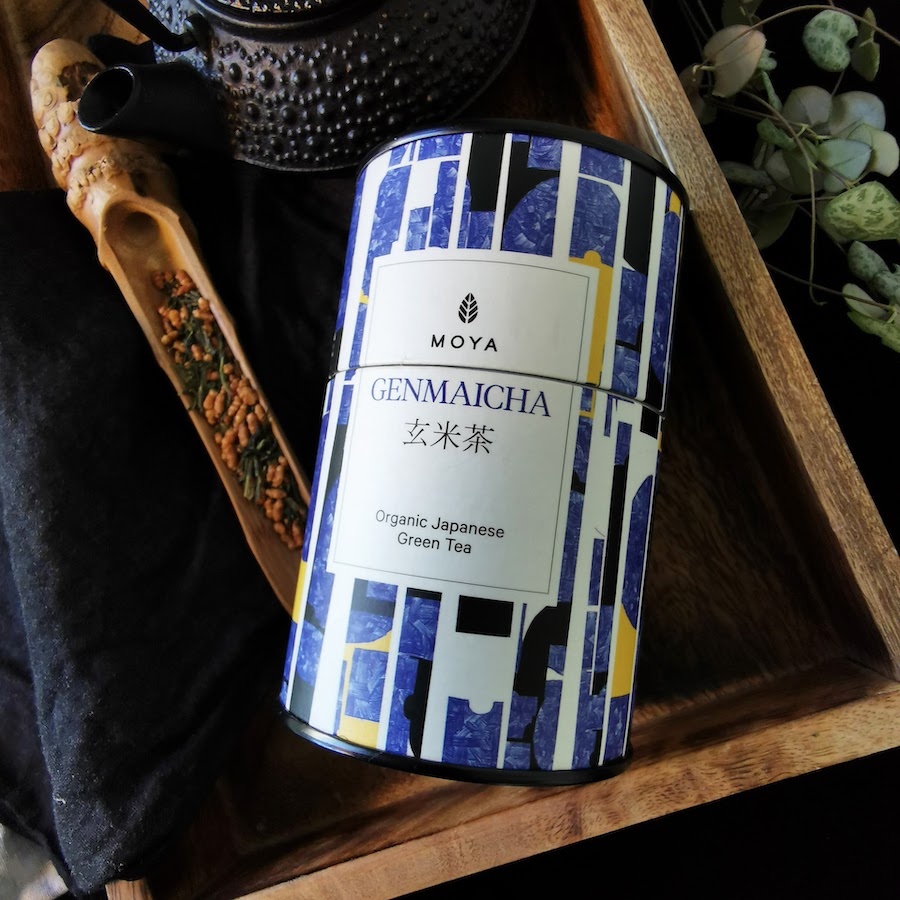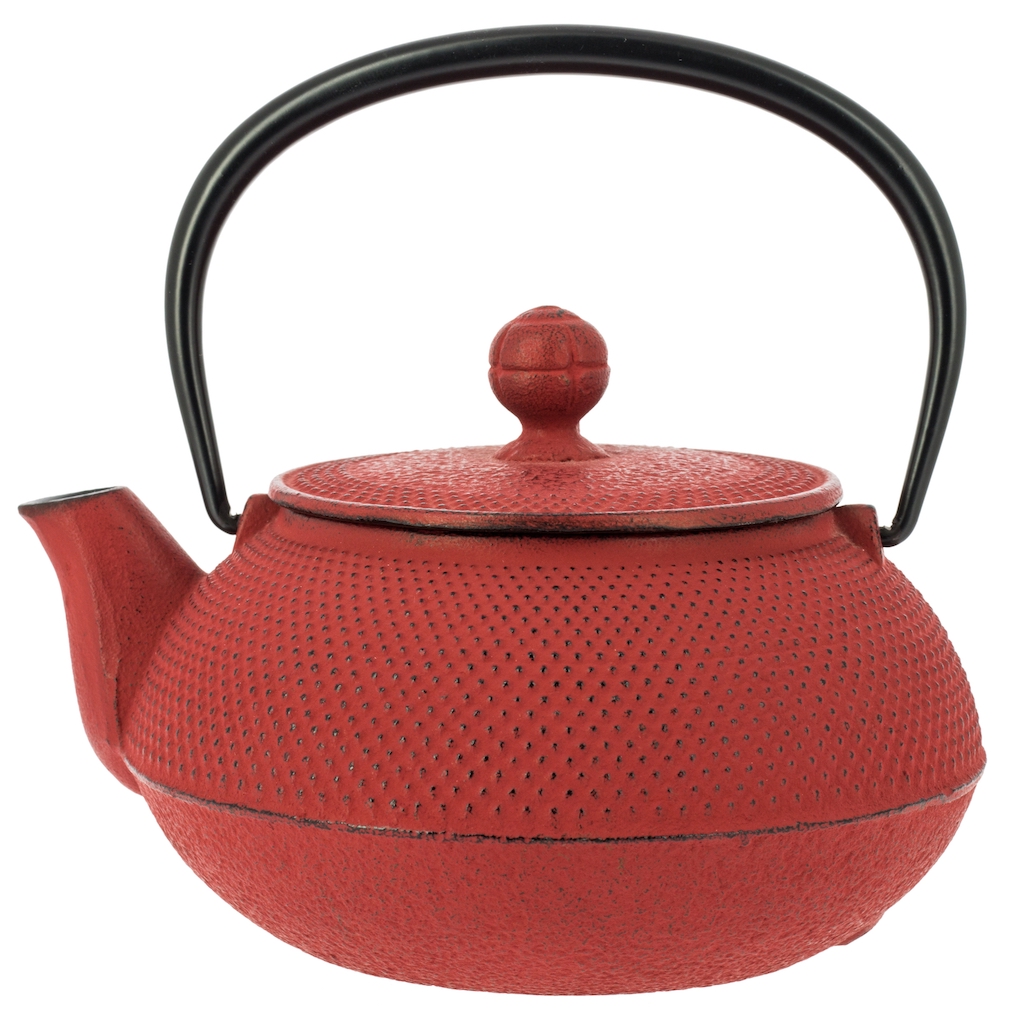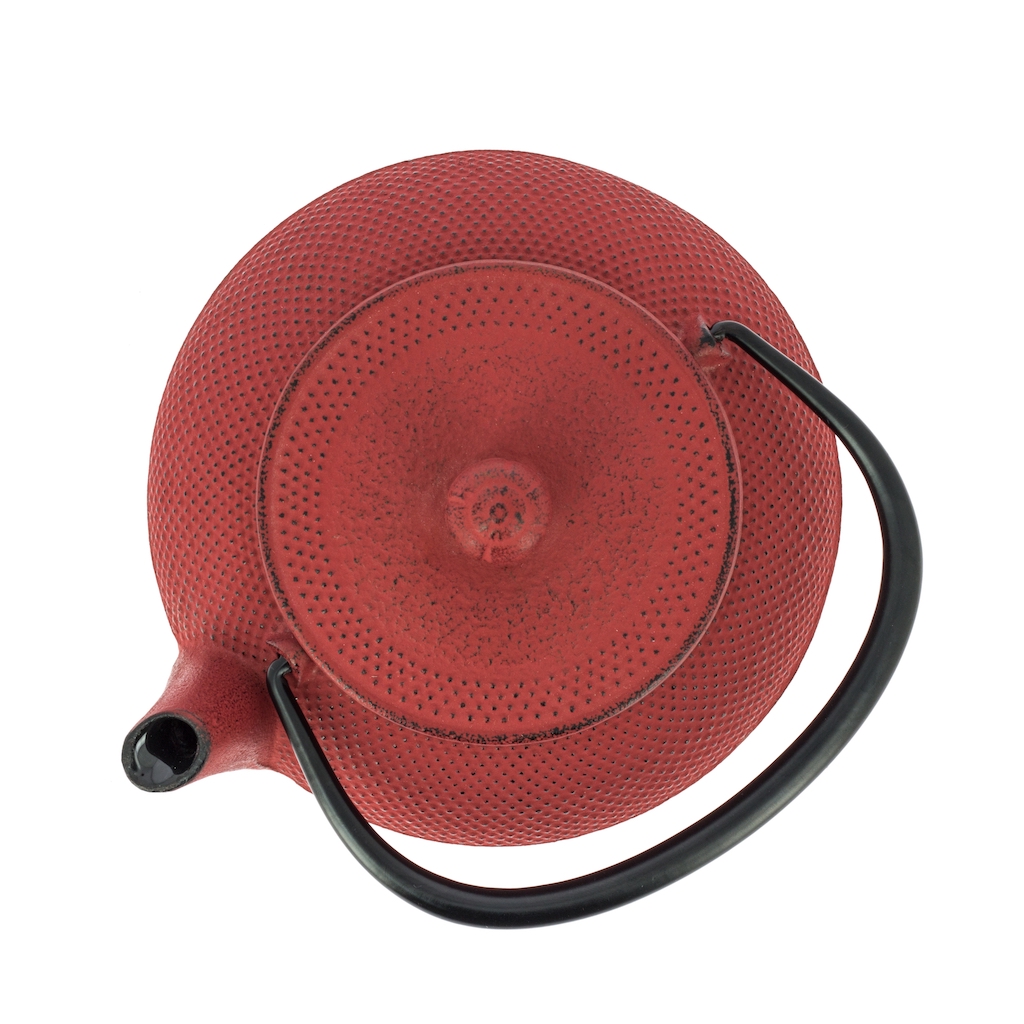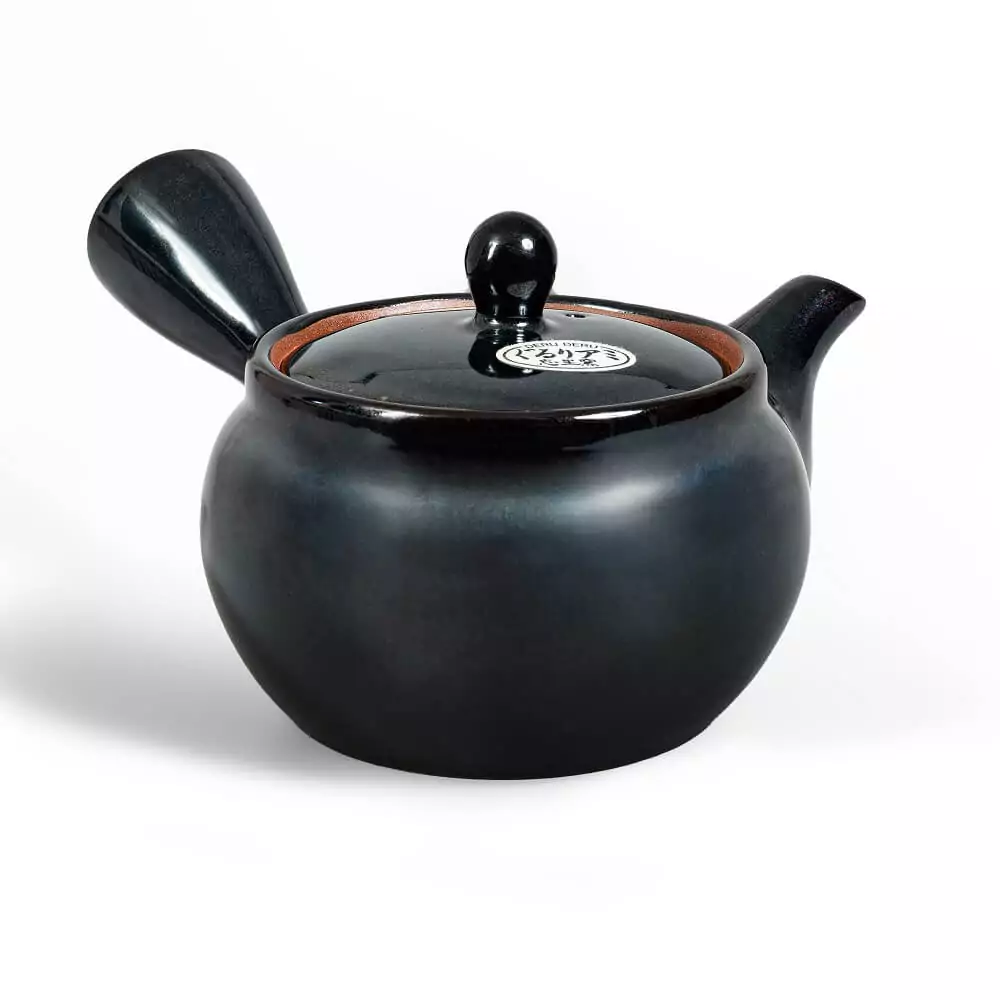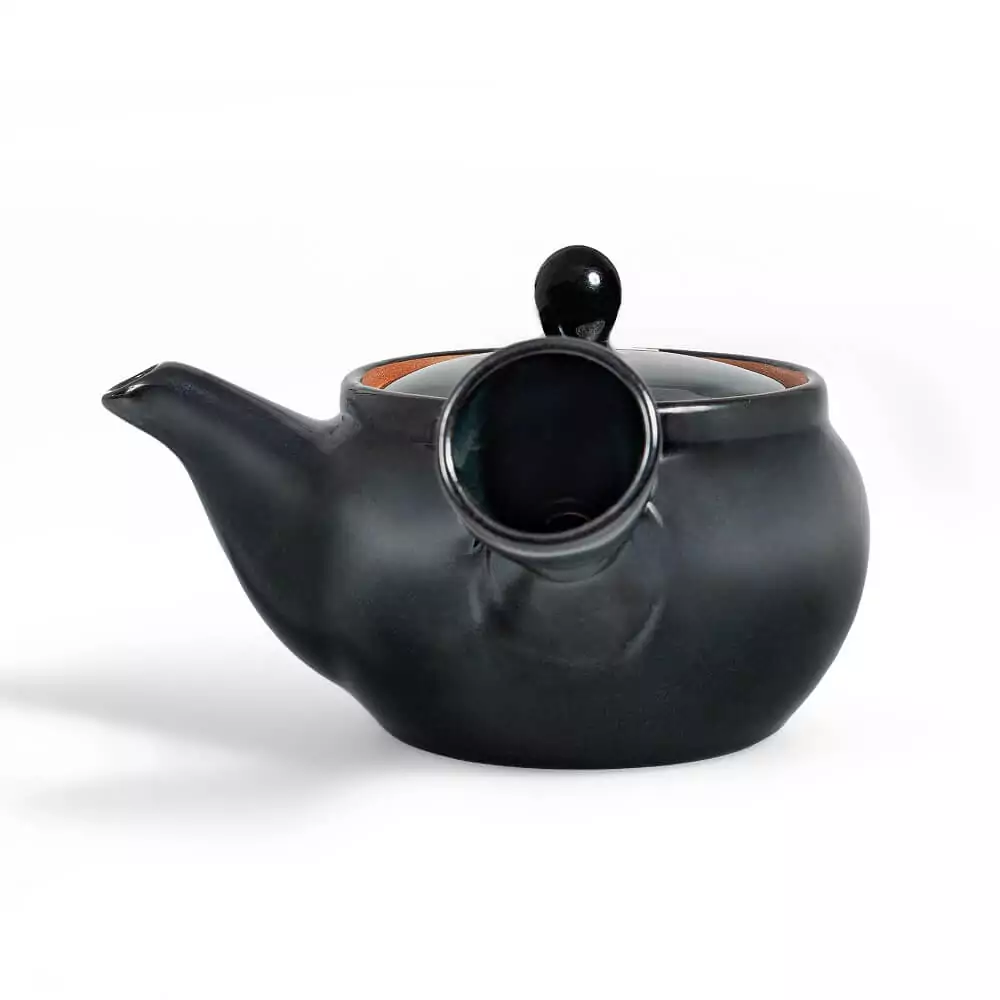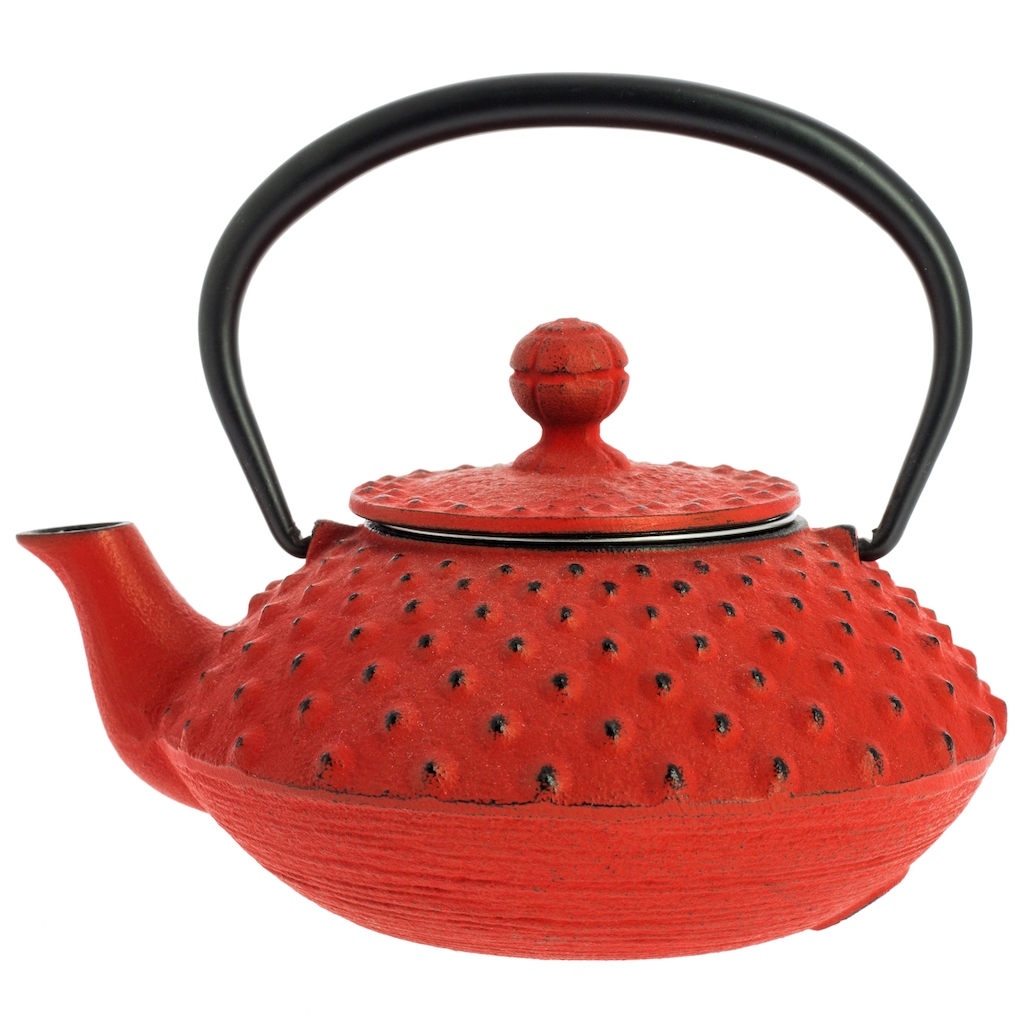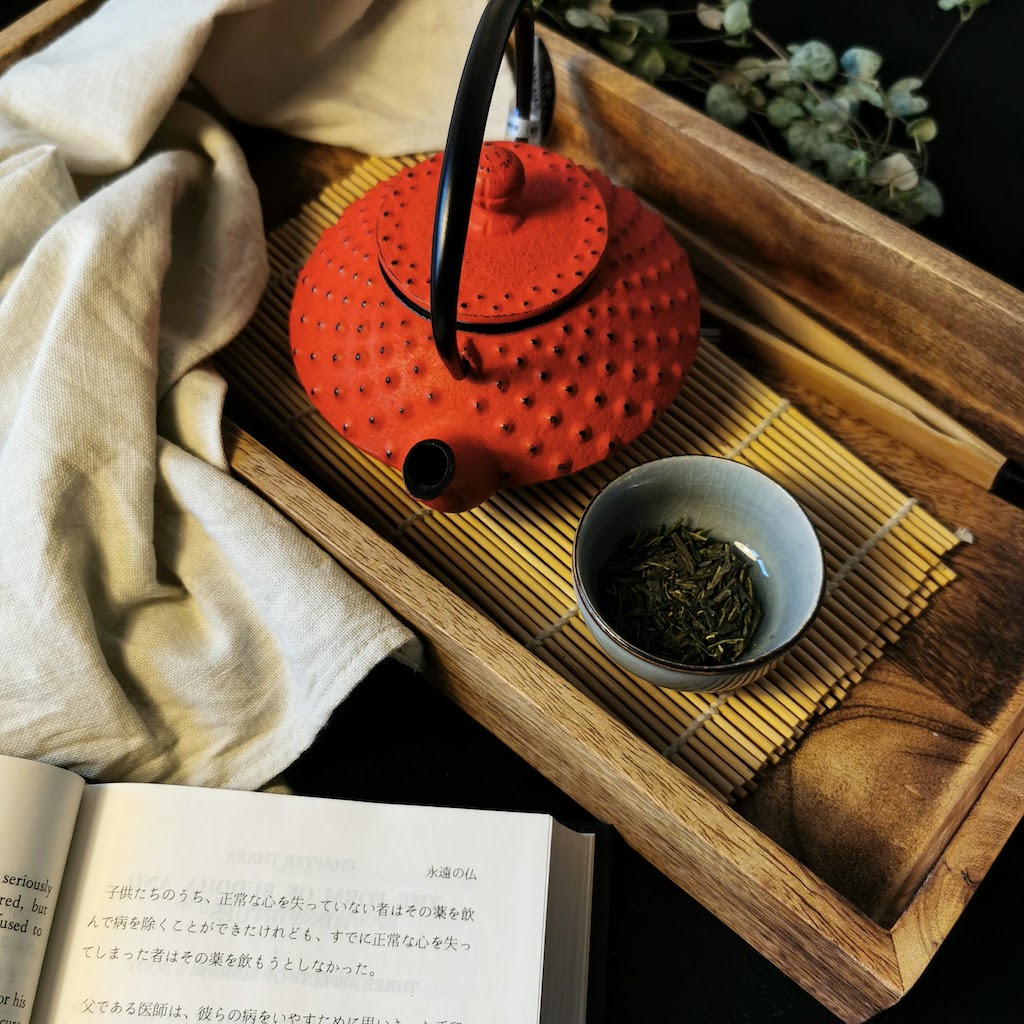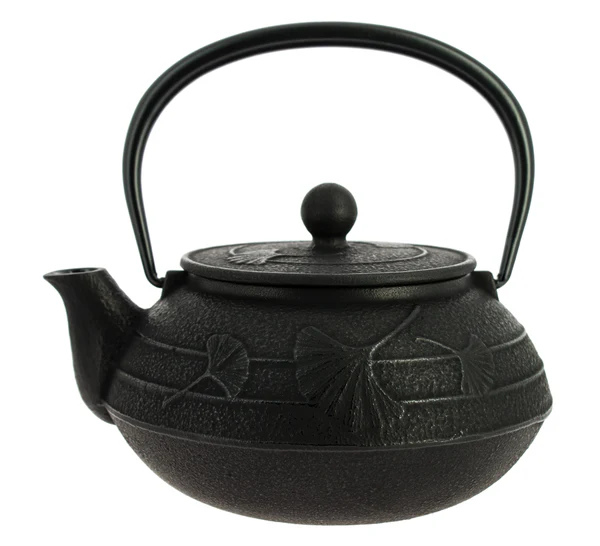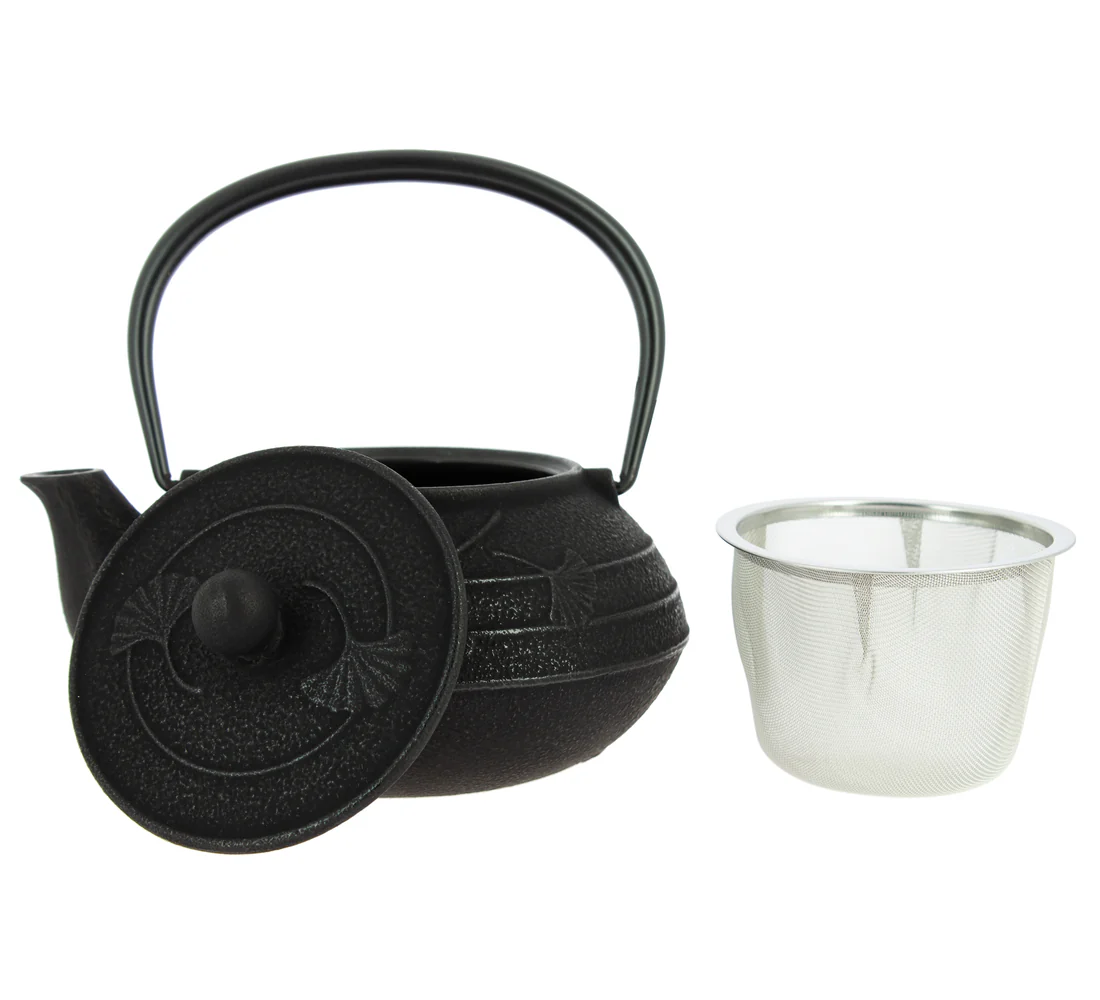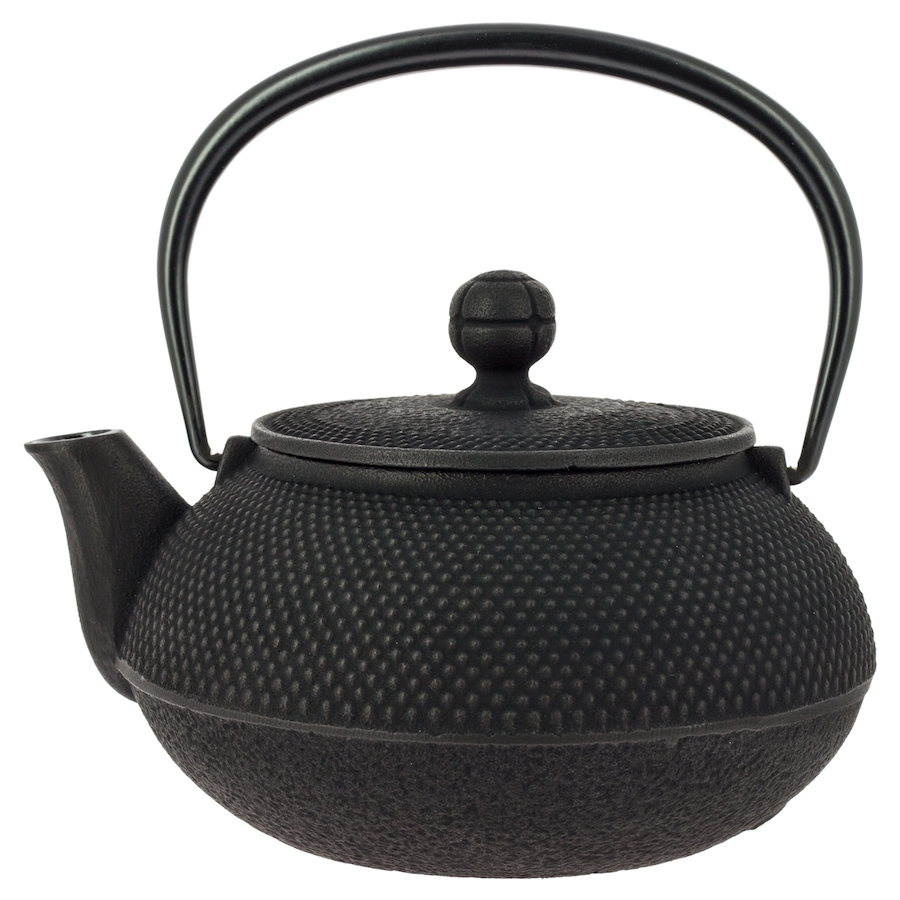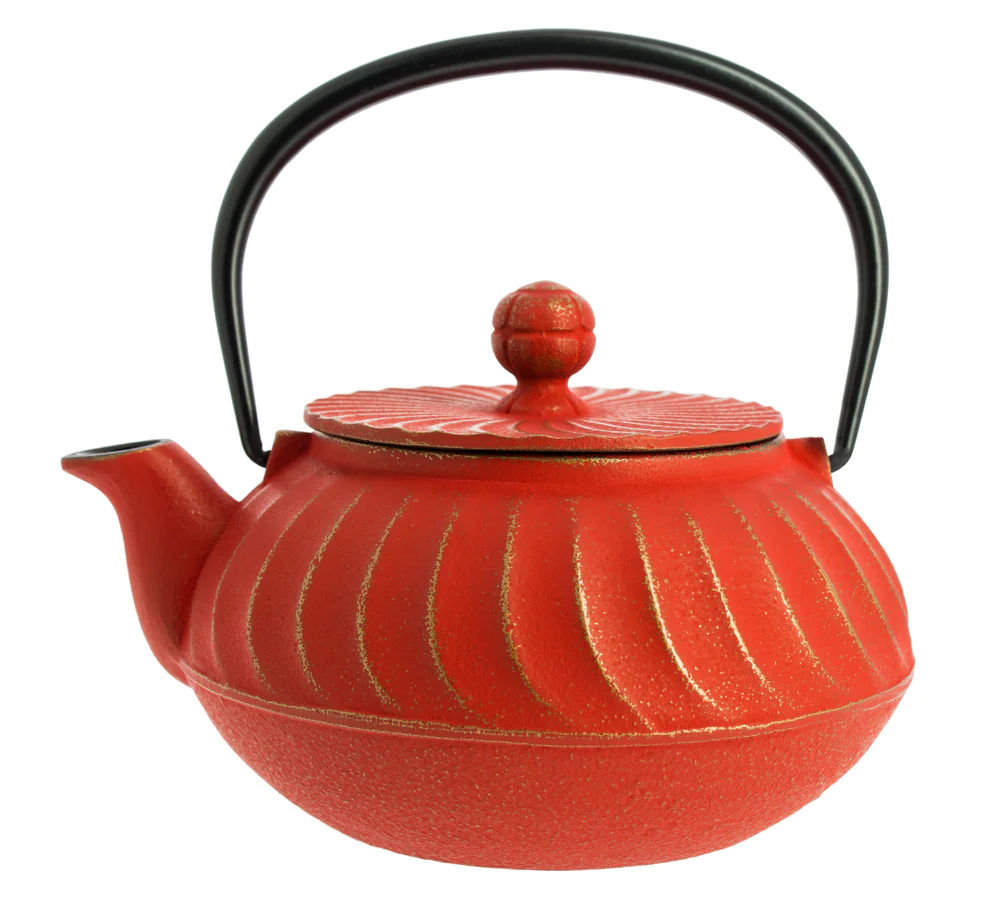Description
Kyusu Arashi is a traditional Japanese leaf tea kettle with a characteristic handle on the side. The word “kyusu” is literally translated as “teapot” or “kettle,” which is why in Japan, you can find other types of tea brewing vessels under this name as well. Kyusu Arashi tea kettle is made of clay and adorned with a glossy glaze in various shades of blue. Inside, there is a metal sieve designed to prevent tea leaves from entering the cup when pouring. green tea blend.
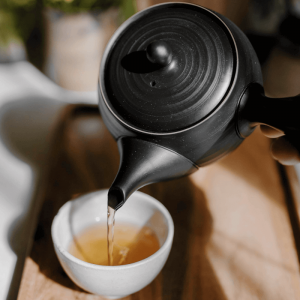
Traditonal Japanese Teapot
Kyusu is a typical Japanese teapot with a distinctive handle on the side, designed for leaf green tea preparation. The word ‘kyusu’ means ‘pot’ or ‘kettle’, and therefore in Japan numerous vessels destined for preparing leaf tea can be found under the same name. Kyusu Naito is made from potter’s clay. The entire vessel, both on the inside and on the outside, is perfectly matte black. It is only on the upper part of the pot, on its very edge, that the ore clay shines through the enamel. Within the vessel there is a metal strainer, preventing the tea leaves from getting into a mug, when pouring the tea. The Naito kyusu teapot is an example of Japanese Tokoname ware. Tokoname is one of the six oldest traditional locations specialised in ceramics, located in Japanese Chita Peninsula.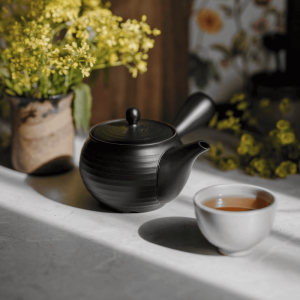
How to use the kyusu teapot?
Put a portion of dried tea leaves into the pot and brew it according to the instructions given on the package. Pour the brewed tea into a mug of choice. Brew the remaining leaves again if you like. The taste get lighter with each repeating cycle. Discard the leaves or compost them once finished.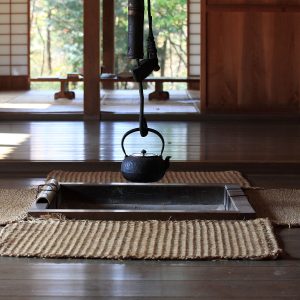
The history of teapots in Japan
1,200 years ago, priest Saicho brought the first batch of tea from China to Japan. Kissa Yokoji wrote in 1191: "Tea is a miraculous medicine for health and an elixir for long life. In ancient and modern times, tea is the elixir that guides us on the path of immortality". At first, it was a drink linked to nobility but during the Edo period (1603 -1868) tea ceremonies and all the related elements such as cast iron teapots, became popular throughout Japan. Today, green tea is part of the soul of Japan and it is savored at any time of the day.


